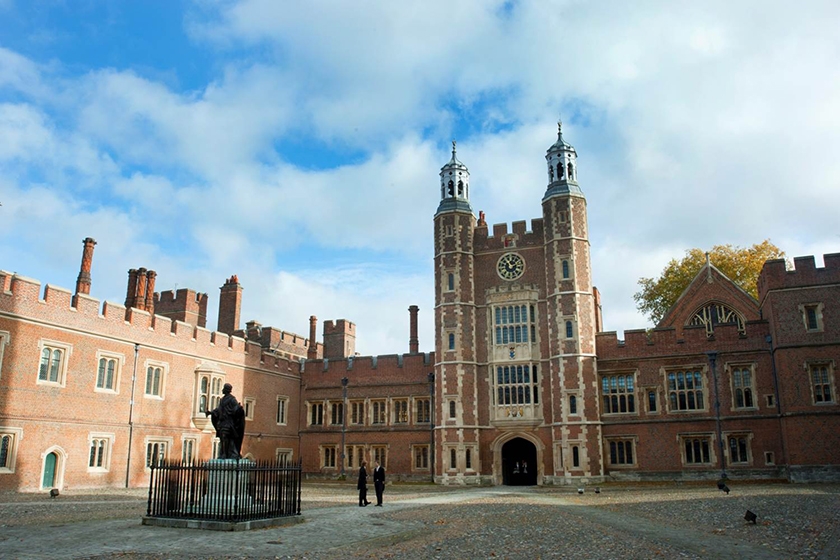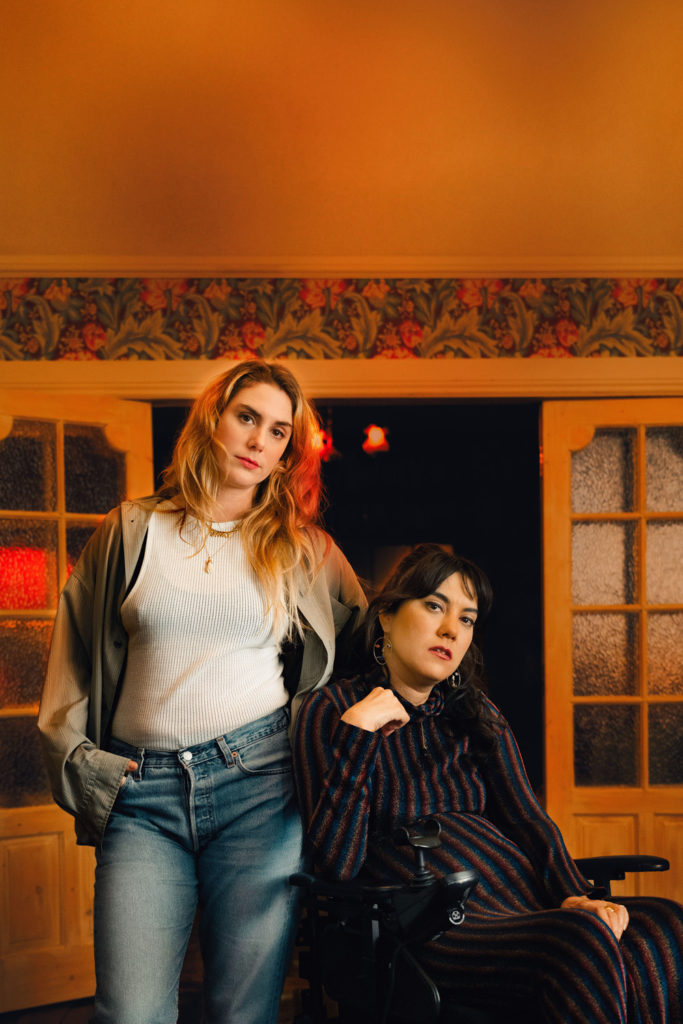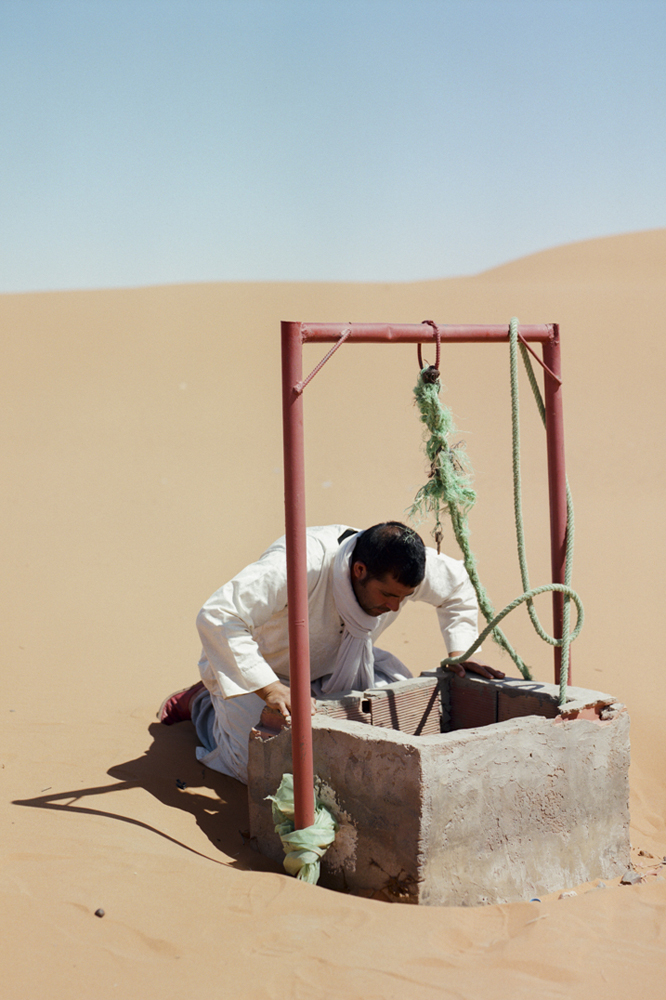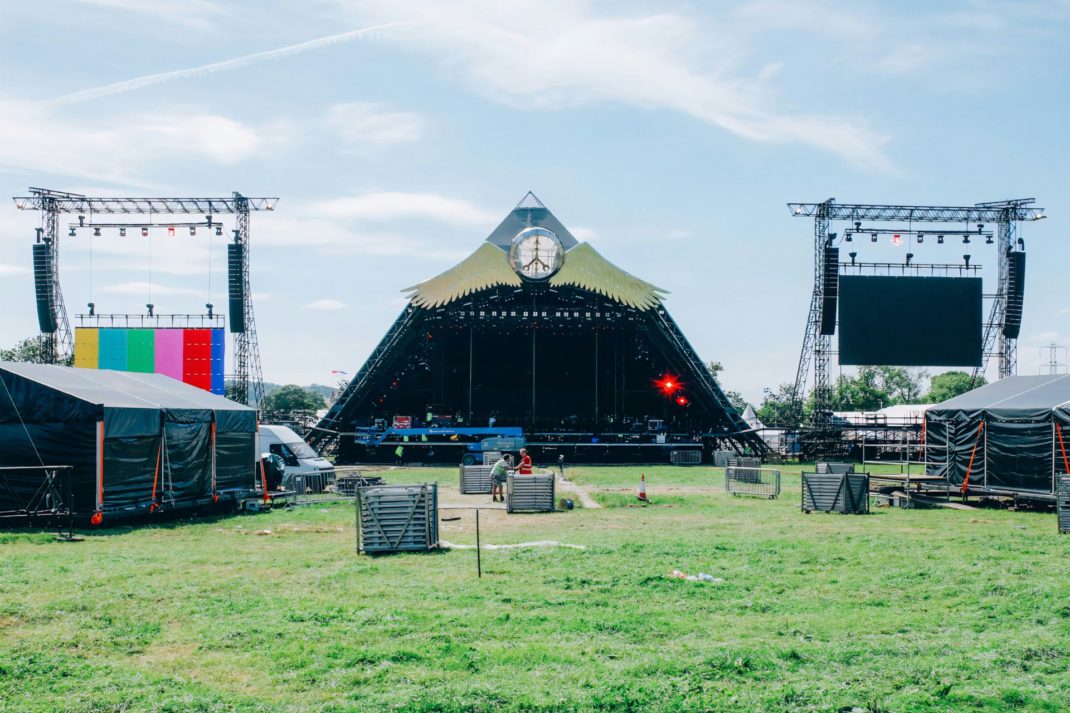Dillibe Onyeama On Being The First Black Person to Finish Eton
By
3 years ago

Dillibe Onyeama was the second-ever Black pupil to attend Eton in 1965. He wrote a book about his experiences that has just been reissued. Here, he recalls his harrowing days and how he hopes to return to accept the current headmaster’s formal apology in person.
On face value a pupil from south of the Sahara, with his special cultural circumstances, would be something of an eccentric choice for an Eton College education.
Founded by King Henry VI in 1440, Eton reigned supreme during the era of the British Empire. At that time it was producing the leaders most needed to ‘show the flag’ and spread the word of British power and wisdom among the ‘backward’ peoples in whose lands the crown had established acquisitive occupancy.
On the home front its traditional role was to provide for an already selected minority of British society a privileged education that equipped them to fulfil their purpose – predestined by birth – as pillars of the ruling class and leaders of the establishment. It is difficult to see how a sub-Saharan pupil would ordinarily fit into such a scheme.
A native of Nigeria, I was dumped down there at great expense in January 1965 among some 1,200 pupils – all white save one.
For four years I imbibed the TT milk of English scholastic refinement, although not the best. Even the Eton Boating Song anthem defers to the superior academic prowess of a noted rival – ‘Rugby may be more clever…’ – lampooning the loud-mouth of another claimant to the imperial throne – ‘Harrow may make more row’. But it was not easy to draw an inference that a pupil of midnight hue was welcome in the solidarity song, ‘But we shall row together…’
By virtue of having been crafted by royal hands, Eton was automatically placed a cut above the madding crowd. The charge of being an eyesore could not ordinarily be levelled at the sight of aristocrats walking with majestic gait in their gaudy attire of black tailcoats, striped trousers and bow tie. Such a feast to the eye, which attracts tourists in droves, appeared to become an ‘eyesore’ only when it involved a specimen of midnight hue in the same attire. ‘Well, I’ll be damned. Look what I found at Eton,’ the tourist might well have proclaimed on getting home with his photographs. A monkey wearing a tailcoat?
Likewise, while passing motorists would doubtless glance with silent admiration at their future leaders, unlettered ones may shout, ‘What is that walking under the umbrella? You nigger, ha!’ or ‘Bongo, Bongo, get back to the Congo!’
Should the victim attempt to cock-a-snoot with his Negroid features in a swagger of snobbery, a slighted female passenger at the traffic lights would shout and wave a fist after him with the charge, ‘What do we ’ave ’ere, then, eh? Don’t you go off thinking you’re the Queen of Sheba? ‘Cos you’re not. We’ll ’ave to call in the Salvation Army to save us from you lot.’
But the goodies ruled supreme. Here were the world’s most privileged pupils. There was supreme quality cuisine, supreme quality education, supreme quality games and sports facilities, supreme quality recreation and outings, visits by royal dignitaries, lectures by world figures, world-class theatre, world-class Olympic-sized swimming pool, supreme quality bed sitting rooms, supreme quality classrooms, two state-of-the-art chapels, Ascot-like celebrations of King George III’s birthday, Christmas-like festivities on Founder’s day, supreme quality traditions of dignity, courtesy and culture… and, and, and – supreme quality insults!
The insults between the milk-coloured pupils were mainly petty snide remarks, often involving horse-play. But when the pupil of midnight hue engaged in the same horseplay, he was indicted for homosexual tendencies and rejected with racial venom by contaminated schoolmates. Fortunately, a more tolerant and understanding schoolmate qualified the truism. ‘I know you’re not queer. Nobody would agree to be queer with you – because you’re black.’
For the pupil of midnight hue, the insults allocated him to a zoological order. As a cricket batsman I was only a shadow of Gary Sobers, in boxing of Muhammad Ali, in sprint of Jesse Owen, and in football of Pelé. But to my admirers I excelled because the midnight hue was indivisibly interlocked with beastly strength.
In the same vein, my own academic shortcomings were attributed to just that aspect of myself. The African could not be expected to be brainy because he was only marginally human. But then when I scooped the O-levels with flying colours, either I must have cheated, or the examiners were part of some vast conspiracy to get me through. No other explanation seemed possible.
Colour related animosity degrades and dehumanises its victims in a way that ordinary forms of prejudice do not. Surpassing the pain of racist epithets was the constant, built-in arrogance of ignorance with which my fellows approached matters Africana. This was a far cry from a five-year experience of English life at a preparatory school beforehand, with next to no reference to colour by pupil or teacher.
At Eton I applied strong-arm tactics, beating up many tormentors. As hopelessly outnumbered as I was, still – there was fulfilment at the sight of bloodied white faces agonising in tears. I should say we were evenly matched. But the ‘marriage’ could have been better.
I left with mixed feelings. I had absorbed the niceties of royal English breeding, finesse and decorum, good manners and social etiquette, all of which instilled the confidence that I could hold my own anywhere in the world. Inevitably one lives and breathes the joys of upper-class refinement.
All the same, Eton College was never created with an African background in mind. For that reason, I was resolved not to allow any of my sons to tread its hallowed corridors.
Experiences with ‘colour’ issues there were not so deep as to prevent my later marrying across the colour line to an English lady of class and mesmerising beauty. I even carried her off to my Nigerian roots. The marriage could have continued beyond its meaningful six-year duration but for challenges not unrelated to cultural discrepancies.
My decision to publish my experiences at Eton College earned me a ban from visiting the school ‘until further notice’ when my story was serialised in a London magazine, followed by publication in volume book form in 1972.
After the book had its run for its money, the global Black Lives Matter agitations earned me an unsolicited public apology from the headmaster for the race-related challenges I had experienced during my time, and a rescinding of the 1970 ban. The Covid-19 plague has since prevented my revisiting the school to formally accept the apology.
Global interest in my story (initially titled Nigger at Eton) was reawakened, championed by Booker Prize-winning literary luminary Professor Bernardine Evaristo, who became curator of a series for Penguin Books called Black Britain: Writing Back. It sought to resurrect out-of-print literary classics by black pen-pushers, and my book – now retitled A Black Boy at Eton – fitted the bill. It was subsequently re-launched in February 2022.
Since my departure in 1969 Eton College has submitted to the wind of change, bringing a generous amount of choice black coffee to blend with its TT milk! At least 10 per cent is now integrated into its refined milk.
But notwithstanding the grim warning of the global Black Lives Matter agitations that enough is enough, with many darker faces now being represented in key positions of governance in Britain, the Englishman has merely dissembled his supremacist attitudes. No amount of diplomacy will diminish the truism that the Caucasian can never accept his African counterpart to be his equal except before God – and it is possible that he may not accept even that qualification.
How they will get on dealing with the sub-Saharan nations in these enlightened days, only God knows.
A Black Boy at Eton, by Dillibe Onyeama (Penguin, £9.99) is out now.
READ MORE:
Black History Month: Black Voices in Literature To Read Now / Exclusive Interview With Misan Harriman







